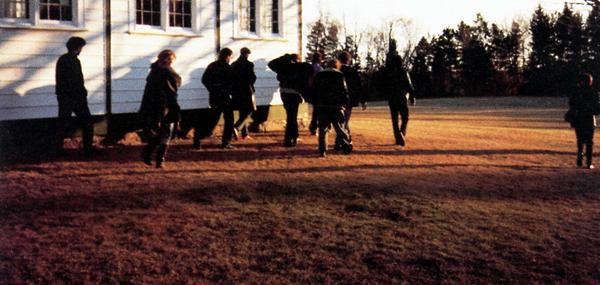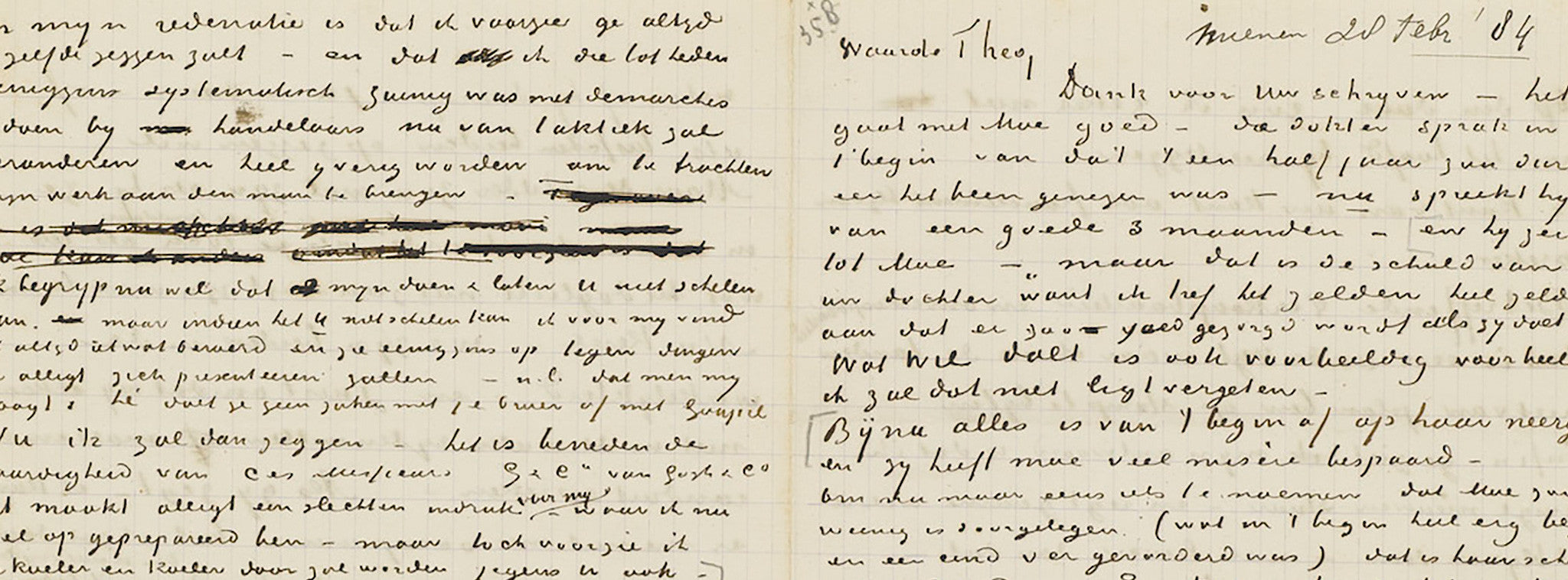
Miles from our home
When I go for a run near my home in Brooklyn, in the main loop of Prospect Park, I generally go with the majority of the foot and bike traffic in a counterclockwise direction, which means – because of my exit/entry point at Grand Army Plaza – that the end of the run is entirely uphill. Not a killer grade, but long and steady enough to defeat the more casual bikers, and to make me feel pretty danged nice when I finish.
Now it so happens that every time I start to put my head down and lean into this incline, a couplet from a song by Cowboy Junkies pops into my head: “If I can just reach the crest of that hill/This whole day will tumble and out the night will spill.” So the first line, well duh. But the second line always makes me smile to remember it – to think of what might be unlocked by my effort. With the response of the earth on its axis as merely a starting point, it’s easy to let the imagination run wild.
And that couplet triggers the recollection of its parallel in the next verse: “If I could just connect all these dots/The truth would tumble like a cynic vexed by love.” Another seemingly simple if/then statement, but with the stakes raised considerably. I guess actually on its face, it is simple: with formal coherence comes the truth. It’s more that it’s a really gigantic “if” in this second verse, and it’s these lines that keep me occupied the rest of the way up the hill.
The song is called “Miles from Our Home,” and it’s on the excellent album of the same name. Cowboy Junkies is a longtime favorite band of mine for many reasons, chief among them Michael Timmins’s consistently challenging lyrics, which come to often-unsettling life in the understated singing of his sister Margo. Which praise is often the very same reason I hear from people that the band is “boring” or “depressing.” If you’ve read this blog before, you might know my feelings on being boring. (And may I provide a single counter-example to the “boring” charge? This from the chorus of “Crescent Moon”: “Do I reach for you when I know you’re on the wane?” That, my friends, is hotter and dirtier than Prince’s entire career, and I dig Prince big time.) As for “depressing,” I find that for many people it means that they are confused by their inability to process any but the sunniest of emotions, rather than actually being saddened by the content. But I digress.
This particular song is exemplary of Cowboy Junkies music in that it deals directly with the mystery of the human fact, the ache to make sense of it all. Which in itself is not unique to this band, but I hope that the lyrics I’ve already quoted will point to a sophistication rarely seen in pop music. The longing is the subject of many a memorable song, but Michael Timmins often goes further to make manifest his concern with form.
On its surface, “Miles from Our Home” is about the vagabond out on the road with “no one in sight for fifty miles.” He is far from home in a physical sense, but the distance seems to be primarily in the estimation of others. In the first chorus, “People keep saying I’m miles from my home.” By the second chorus, the narrator has taken an advisory role: “People will tell you that you’re miles from your home.” Narrator and listener are joined for the final chorus, telling any and all of those wondering outsiders: “People will tell them we’re miles from our home.”
So, in the reckoning of others, narrator and his conspiratorial listener are both lost. But that’s just fine, as the bridge explains: “That's where I want to be/Out there searching/Out here fumbling, out here waiting/For you and you for me.”
Home in the song is the place where the truth resides, whether you’re cohabitating with it or not. Outsiders may be duped by your geographic proximity to your house, believing it to be your home. But the search is the thing, the desire to connect all those dots. If and when that happens, the truth will tumble like . . . well, let me describe myself as a cynic who has been twice vexed by love and hopes very much for a third such vexation. Which does feel like the truth for sure.
“James Joyce . . . gave the term ‘epiphany’ to the same phenomenon. He found that sometimes in life, by pure chance, the arrangement of the elements of a particular scene yielded a sudden and overpowering insight into the hidden meaning of the scene – and, through that, into the meaning of life itself!” That’s from an essay by Michael Gregory called “Photographic Style,” which appeared in Aperture in 1961 and was reprinted in Aperture Magazine Anthology: The Minor White Years, 1952-1976.
Expanding upon that idea, Gregory describes the eye of the photographer as
not an ordinary eye . . . It is not only an artistic eye, although it must be that, too. It is, in a very real sense, a dreaming eye: quick to seize the instant in which the fortuitous dance of forms reveals the essential truth, the ineffable thusness of the object. Only in such moments can the photographer be said to have conquered his medium, as the poet conquers language, to have tricked light and shade into telling the truth which is beyond themselves (and the photographer, too).
Fascinating that Gregory invokes dreaming, because Timmins seems to understand the non-awake nature of the insight: “I met you again in my sleep last night/These are days of slow boats and false starts/Hearts remain under lock and key/You will be the one to set them both free.” If the truth is elusive in the extreme, and hearts remain under lock and key, then we can equate the truth with love.
Which brings me to conclude with an invitation to watch the 1998 video for “Miles from Our Home,” which is startlingly ahead of its time. The following is nothing on the order of a “spoiler alert,” but may I suggest you watch before reading further (and may I further apologize if you must click through to YouTube)?
Let’s just get the dignity and beauty of the story – both of which are considerable – out of the way. I figure if you’ve gotten this far in this essay, you were at least touched by it, as I am every time I see it. But what I think is even more amazing than the tenderness is the rigorousness of the video in exploring the theme of the song.
The boy with the long hair can’t find the form for his ache to come to terms with itself. Being both Native American and gay, the odds are stacked against him – and I don’t mean in societal approval or anything like that – but just in the basic odds of finding someone to connect deeply and romantically with. At the bonfire concert, he is given a near-magical glimpse of formal coherence when he and Margo Timmins make eye contact. He seems to realize that art – this level of songcraft, and the confidence and ease of the band – offers something of what he might be seeking.
Which of course is small potatoes compared to what happens next, when his best friend/crush asks him to dance. This improbable gift – a concrete way to bring order to chaos – seems nothing short of grace. The dots are connected, if only briefly, as it doesn’t appear that the best friend is also gay. Yet we are heartened that the boy has, in Michael Gregory’s words, “seize[d] the instant in which the fortuitous dance of forms reveals the essential truth.”
Ah, the dance.



